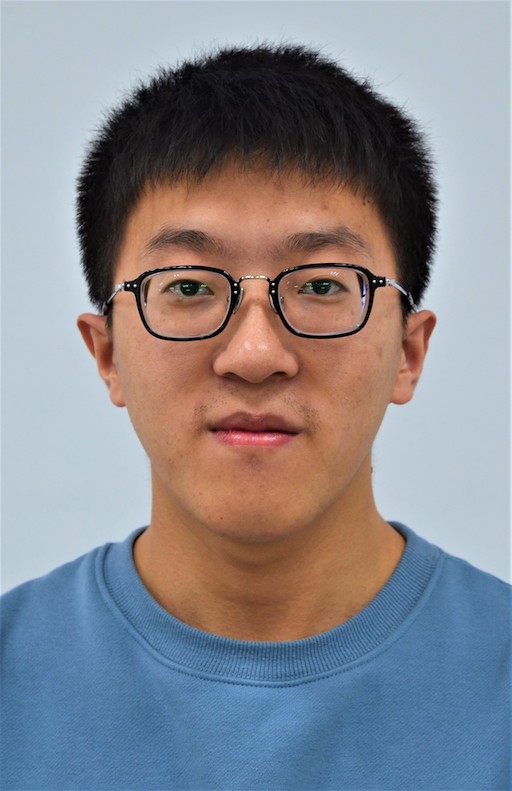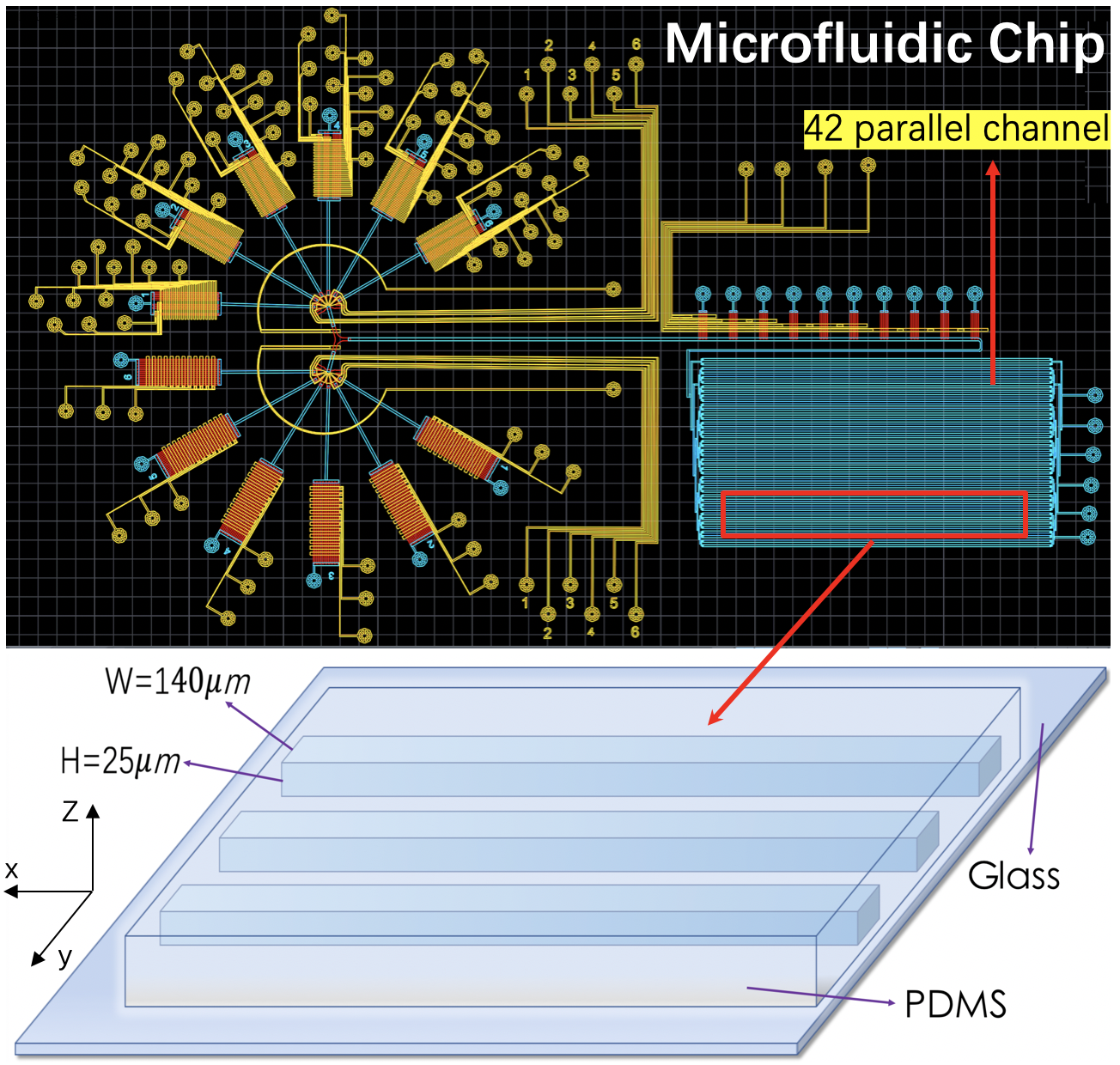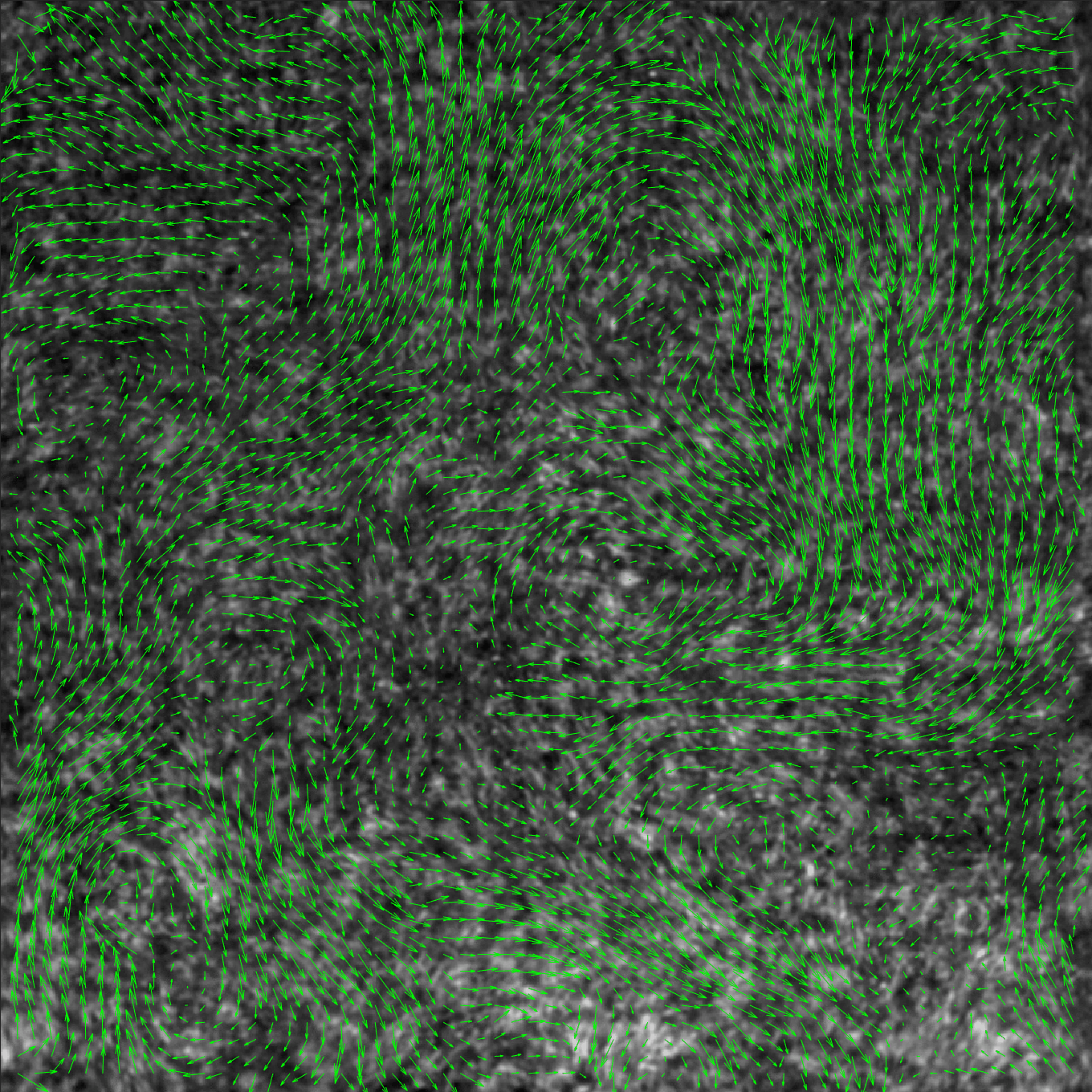
团队负责人经光银教授获北京大学凝聚态物理博士学位,曾在法国ESPCI、巴黎十一大等接受博士后学术训练。青年学者刘亚楠教授获法国最著名大学巴黎文理学院(PSL)的流体力学博士,在团队中聚焦于软体形态与生物流体。西北大学菁英学者罗昊副教授侧重于细菌运动、感染及其医学应用。冯伟工程师具备化学背景,专注小尺度成像与探测。团队成员具有物理、数学、流体力学、生物医学等多学科背景,与空军军医大学、复旦生命医学研究院等国内多家著名医院建立了良好的交叉合作应用研究。
团队近年来在自驱动粒子运动、群体行为、柔性链与经典流场和活性湍流相互作用,及其在生物医学上的应用等做出了重要的学术贡献,相关成果发表在Nature Physics,Science Advances,PNAS,Physical Review Fluids, Angew. Chem. Int. Ed.,ACS Nano等主流期刊上,累计90余篇高水平学术论文,授权专利4件,承担国家自然科学基金项目、陕西省自然科学杰出青年基金、陕西省重点项目等10余项。
颜宁哲,研究生
研究兴趣:Flow-induced swimming order in collective bacterial crowd
Active matter systems are made up of units that propel themselves by consume bio or chemical energy. Physicists group flocks of birds, molecular motors and layers of vibrating grains together in this category because they all extract energy from their surroundings at a single particle level and transform it into mechanical work. By studying the behavior that emerge, our understanding of these systems can be enhanced and new frameworks for investigating the statistical physics of out-of-equilibrium systems can be built.
However, how does the formation of the collective motion with the order of large length scale than the size of the individual, is fundamental important but far from well understood. Inspired from the magnetic polarization, we ask the question here, how the bacteria are aligned due to the shear stress in Poiseille flow. The order parameter analogy to the magnetization $M$, can be defined in the active system, and the similar hysteresis curve ($M~\dot{\gamma}$) can be measured experimentally.
For this purpose, we develop the microfluidic channels, and track the bacteria swimming responsing to the shear flow. Data analysis will be performed to define all the variables corresponding to the magetic polariation, such as, saturation magnetization$M_s$, permeability $\chi$, Coercivity$\gamma_c$.



